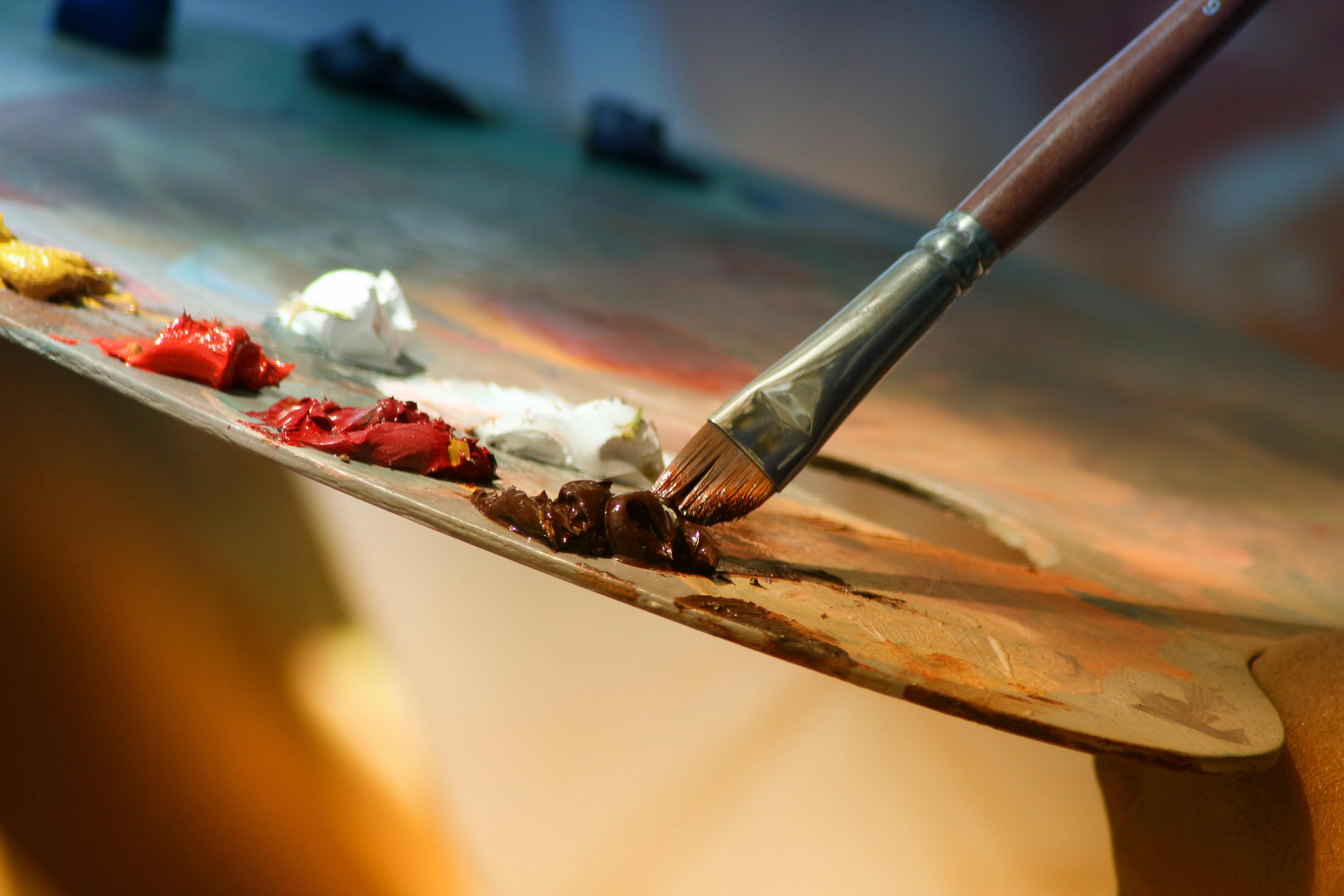Effective Methods for Installing Pavers in 2025: Achieve Stunning Results

Smart Ways to Install Pavers in 2025: Enhance Your Outdoor Space Efficiently
Installing pavers can transform your outdoor space into a beautiful, functional area. Whether you're considering paver patio installation or a charming pathway, understanding how to install pavers effectively can save time, effort, and money. In this comprehensive guide, we will walk you through actionable strategies, best practices for paver installation, and essential tips to achieve a stunning finish.
Understanding Paver Installation Techniques
Every successful paver installation starts with a solid understanding of the process. Familiarizing yourself with various paver installation techniques can ensure that your project meets expectations. From DIY efforts to hiring professional help, knowledge about the steps to install pavers can eliminate common challenges faced during installation.
Pre-Installation Preparations
Before diving into the physical work, proper preparation is key. The first step in preparing ground for pavers involves assessing the area’s drainage and stability. Clear the space of any debris, and make sure to mark the design layout effectively. A well-prepared site enhances the durability of your patio or pathway. If you're installing interlocking pavers, ensuring level ground is crucial. It's advisable to dig down 6-8 inches to lay a solid foundation.
Tools for Installing Pavers
Efficient installation is often contingent upon the right tools for installing pavers. Essential tools include a tamper for compaction, a level for checking evenness, and a rubber mallet for adjusting pavers in place. Additionally, owning a sharp knife can help in cutting pavers to fit your design. Investing in quality equipment can make a significant difference in achieving a high-standard finish.
Best Practices for Paver Installation
Adhering to best practices during installation can greatly impact the longevity of the pavers. When laying pavers, ensure you work from a corner and fit them snugly together. If using *paver sand installation*, a layer of sand between the pavers helps to lock them in and absorb any minor movement. Finally, it's vital to check the final alignment and evenness before sealing the pavers.
Effective Drainage Solutions for Pavers
One crucial aspect often overlooked in paver installations is drainage. Implementing effective drainage solutions can prevent future issues such as water pooling and shifting pavers. Utilizing pavers with permeable openings can also help water permeate the surface efficiently.
Gravel Base for Pavers
A well-constructed gravel base for pavers is essential for water drainage. Begin by creating a layer of crushed stone or gravel about 4-6 inches deep. Use a compactor to firm it up. This foundation ensures water molecules travel away from the pavers, securing them in place long term. Remember, a solid base prevents future maintenance problems and enhances the visual appeal.
Consideration of Weather Effects
The impact of weather plays a significant role in both installation and maintenance. Areas flooding in heavy rains can negatively affect the installation process. Adjust your planning timeline according to seasonal weather conditions and ensure that you have appropriate drainage strategies in place for heavy rainfall. Understanding the impact of weather on paver projects will help you plan effectively and avoid installation issues.
Paver Maintenance Tips
After installing your desired pavers, maintenance comes next! Regular upkeep ensures durability and visual appeal. Schedule periodic resealing to protect against dirt, mildew, and general wear. Clearing debris and ensuring proper drainage also eliminate common problems faced over time, such as shifting or breaking pavers. Following these paver maintenance tips can significantly prolong your installation's lifetime.
Common Mistakes in Paver Installation
<pWhen starting on your paver installation journey, being informed on common mistakes can help circumvent problems effectively. Understanding what to avoid can make for a smoother experience and better results.Installation Errors
One of the primary paver installation mistakes involves inadequate leveling during the base construction. This lack of solidity often leads to uneven surfaces, ultimately requiring expensive repairs. Always double-check your base level before adding pavers. Additionally, skipping the jointing sand application can lead to destabilization; therefore, ensure all steps are thoroughly followed for successful results.
Underestimating Material Needs
Another frequent pitfall is not effectively estimating your paver needs. Having too few materials can stall projects and create unnecessary delays. Before initiating installation, account for the size of your area—including edges. A good rule of thumb is to order about 10% more than estimated to cater for cut pieces or potential errors.
Improper Jointing Techniques
Don't overlook the importance of using effective paver jointing methods. Inadequate joints allow water penetration and may lead to weeds growing between joints. Make sure to use polymeric sand, which hardens upon hydration to form a solid barrier against water and weeds.
Key Takeaways
- Proper preparation and planning significantly impact paver installation success.
- Choosing the right materials and tools can streamline the paver installation process.
- Maintaining proper drainage solutions prevents significant long-term issues.
- Awareness of common mistakes can save time, effort, and money.
- Regular maintenance enhances the lifespan and quality of your outdoor space.
FAQ
1. What are the benefits of pavers over concrete?
Benefits of pavers include their aesthetic appeal, versatility in design, and ease of repair. Unlike concrete, pavers can be individually replaced if they become cracked or damaged. Additionally, pavers allow for better water drainage, reducing pool formation during heavy rains.
2. How can I estimate paver installation costs?
<p<To estimate paver installation costs, consider square footage, material type, and additional labor fees if hiring professionals. Plan for costs related to base preparation and quality paver selections as these will greatly influence your overall budget.3. What are some effective paver patterns and designs?
Paver patterns and designs such as herringbone, basketweave, or a simple running bond create visual interest. Choosing the right paver design is crucial for enhancing your overall aesthetics while ensuring functionality in your outdoor living space.
4. Can I install pavers in the winter?
While it is possible to install outdoor pavers in winter, it is advised to avoid extreme conditions, such as below freezing temperatures. It's essential to ensure that the ground isn't frozen and to use appropriate materials and adhesives suitable for cold weather to prevent installation issues.
5. What equipment do I need for DIY paver installation?
Essential paver installation equipment includes a level, tamper, saw for cutting pavers, and a rubber mallet for adjustment. Having these tools at your disposal helps ensure a smoother installation experience.
6. How can drainage solutions improve paver longevity?
Implementing proper drainage solutions helps direct water away from permeable pavers, preventing chronic moisture retention that may lead to shifting and other physical wear over time. Ensuring efficient water drainage considers the overall health of your paving job.
7. What should I consider when choosing pavers?
When choosing pavers, consider their material (such as concrete or brick pavers), aesthetic appeal, and functionality. Additionally, evaluate the weather conditions in your area, your project's design specifications, and your budget to make an informed choice.

